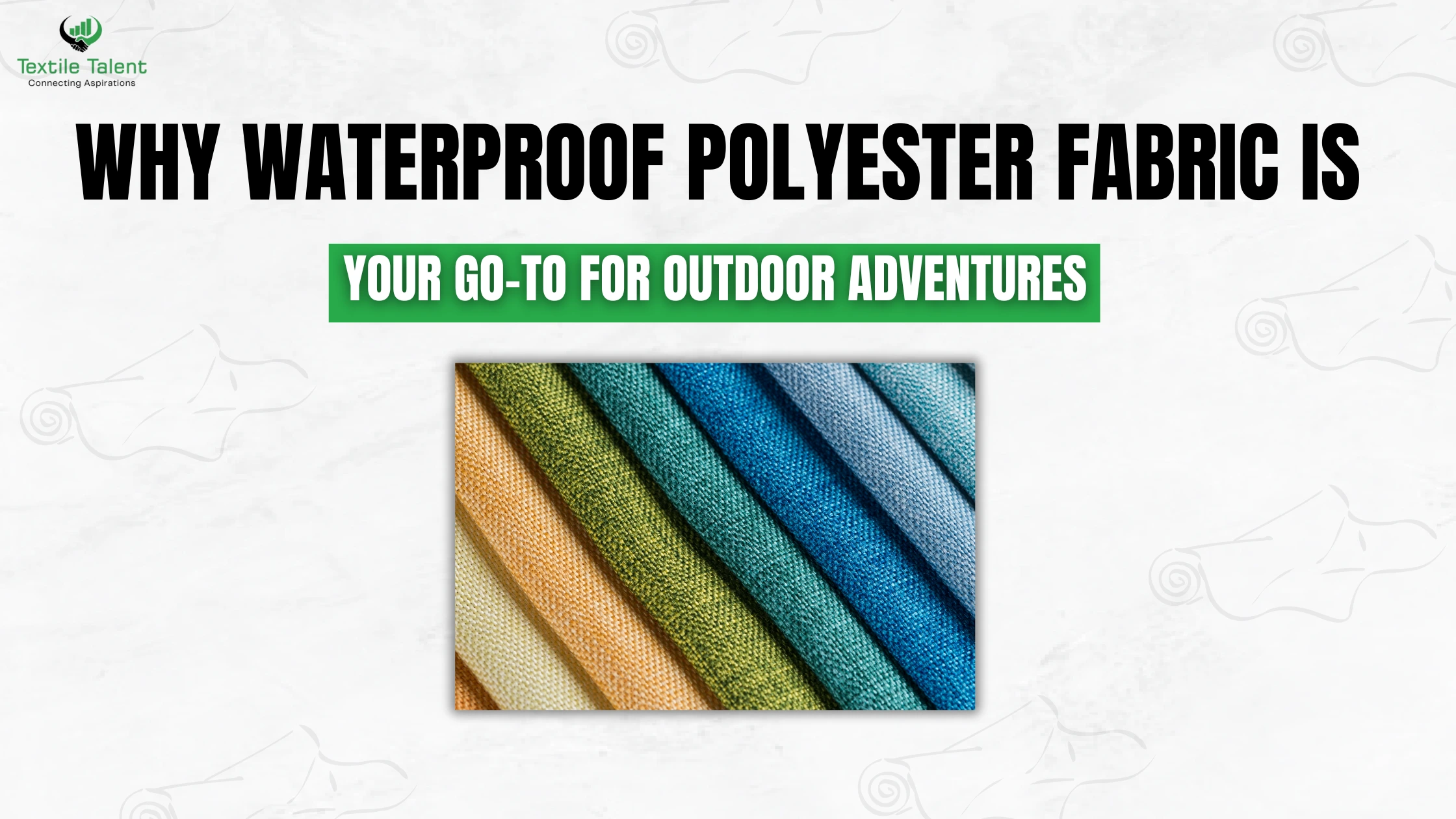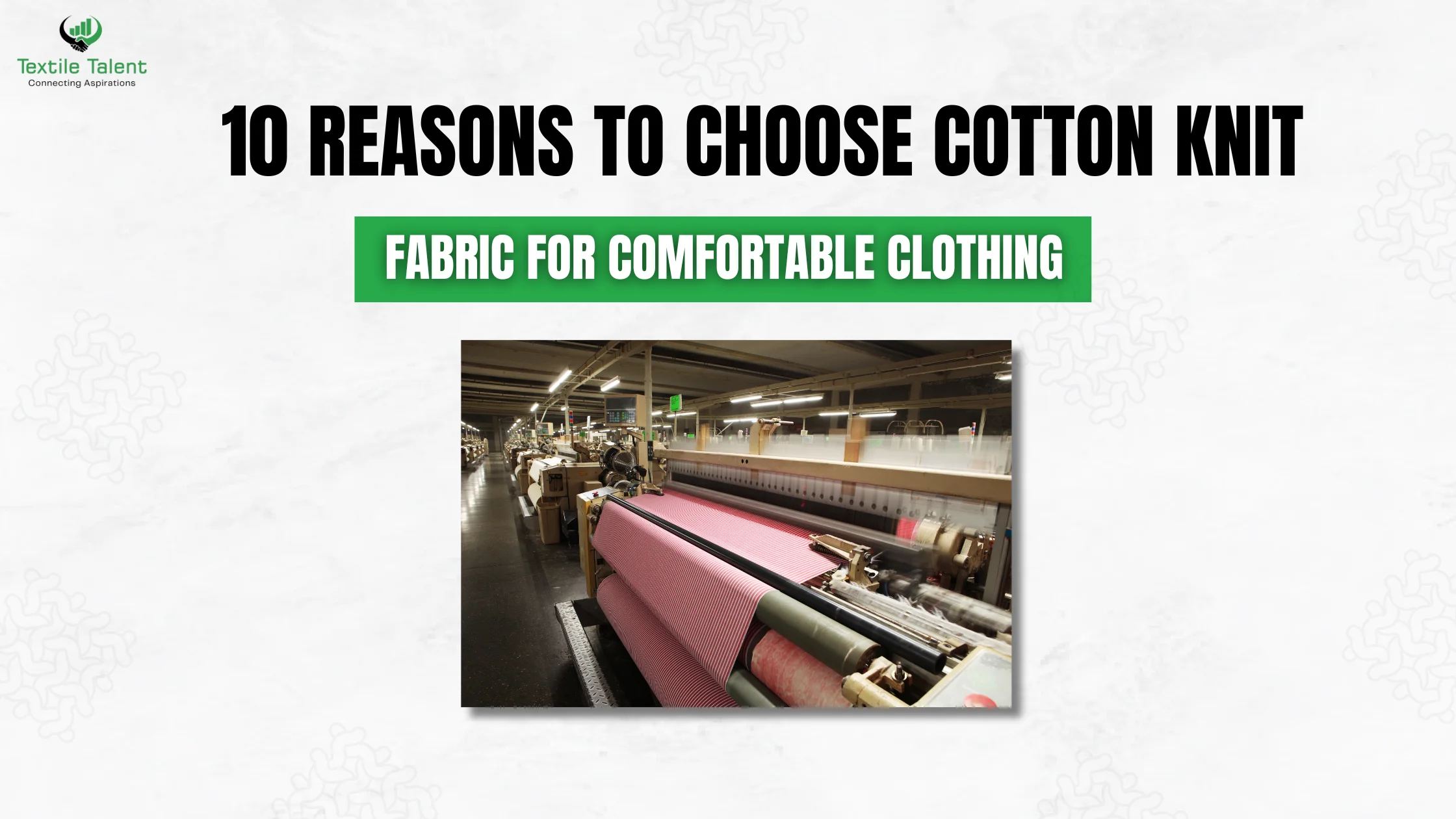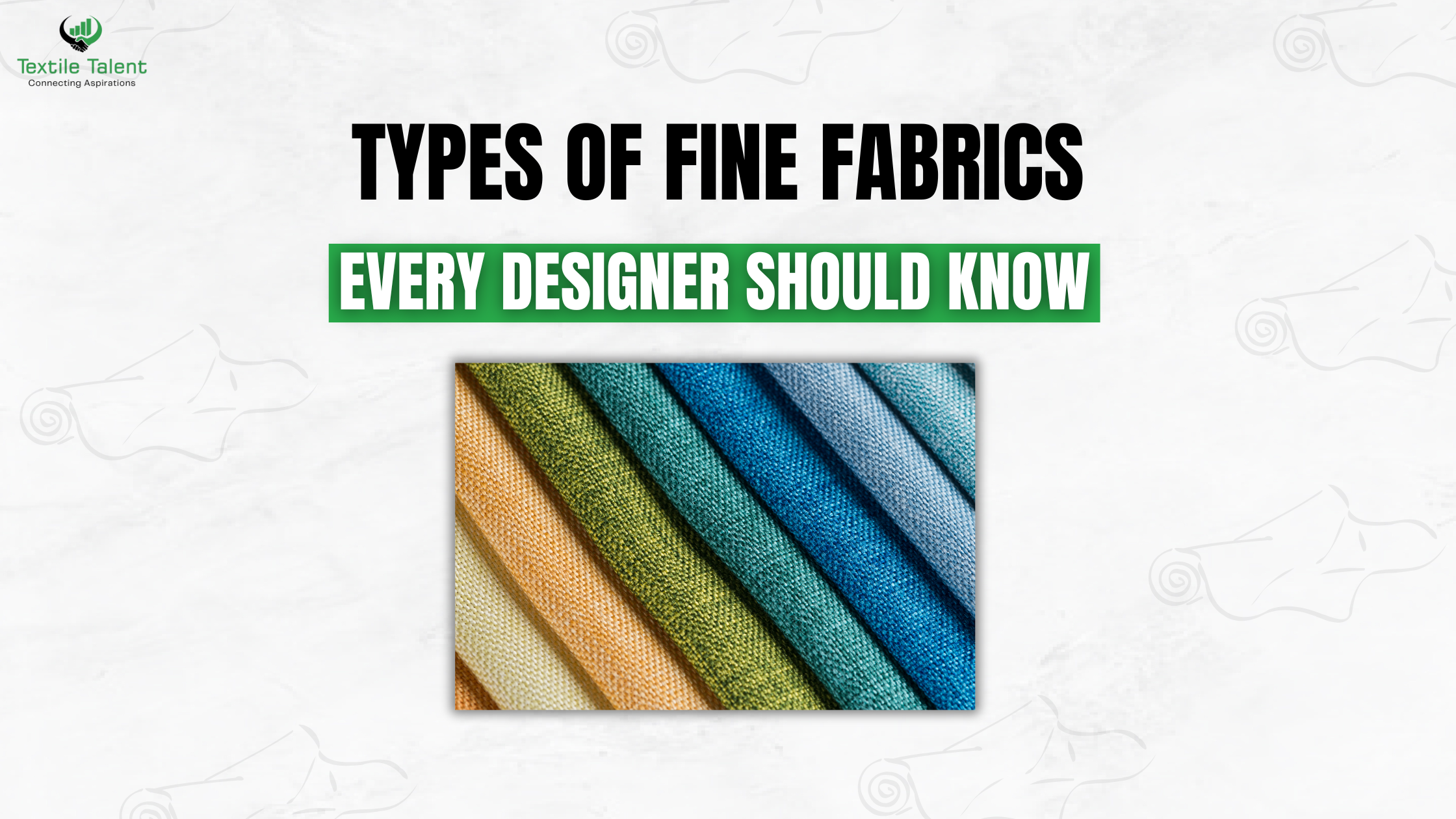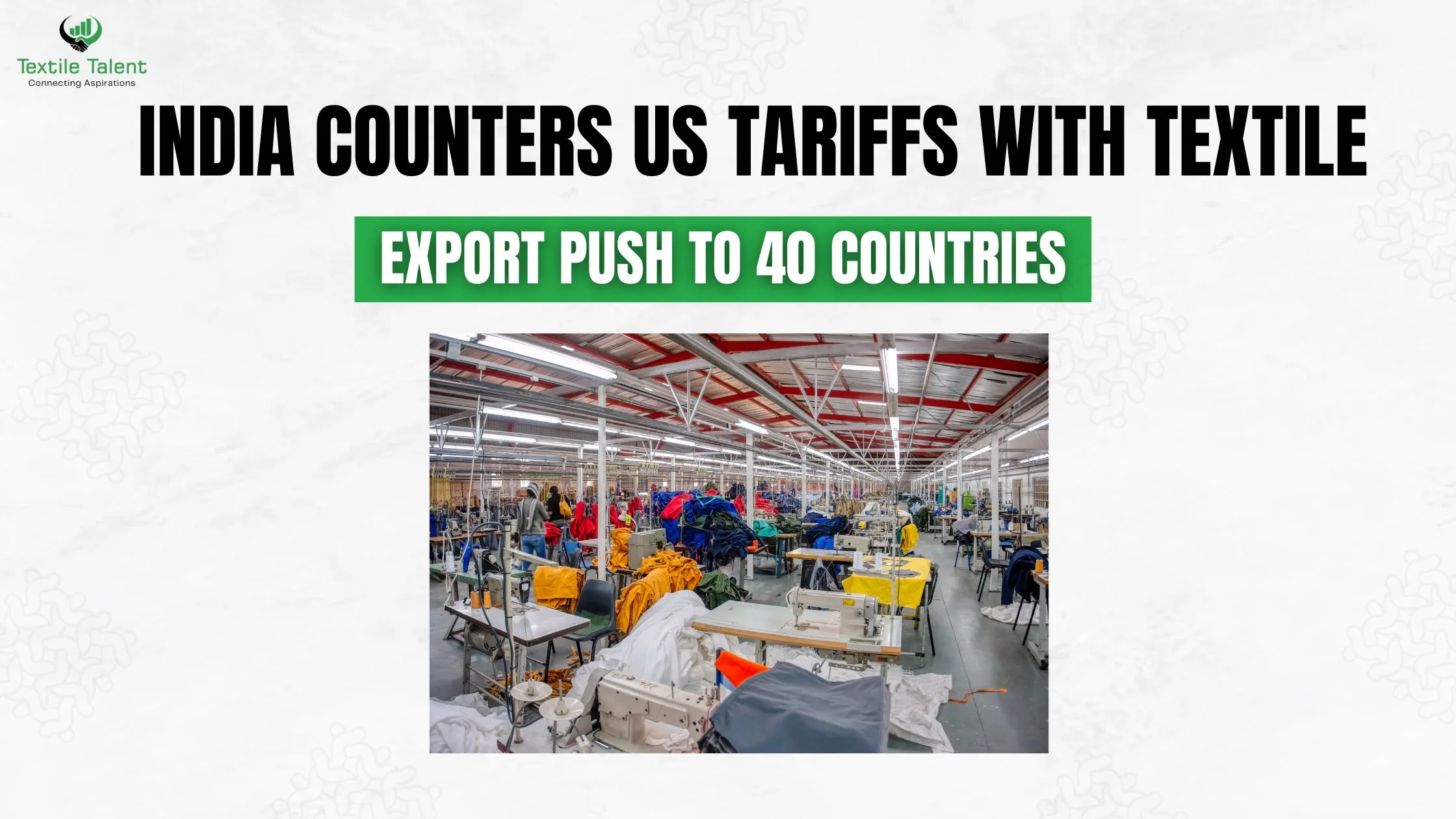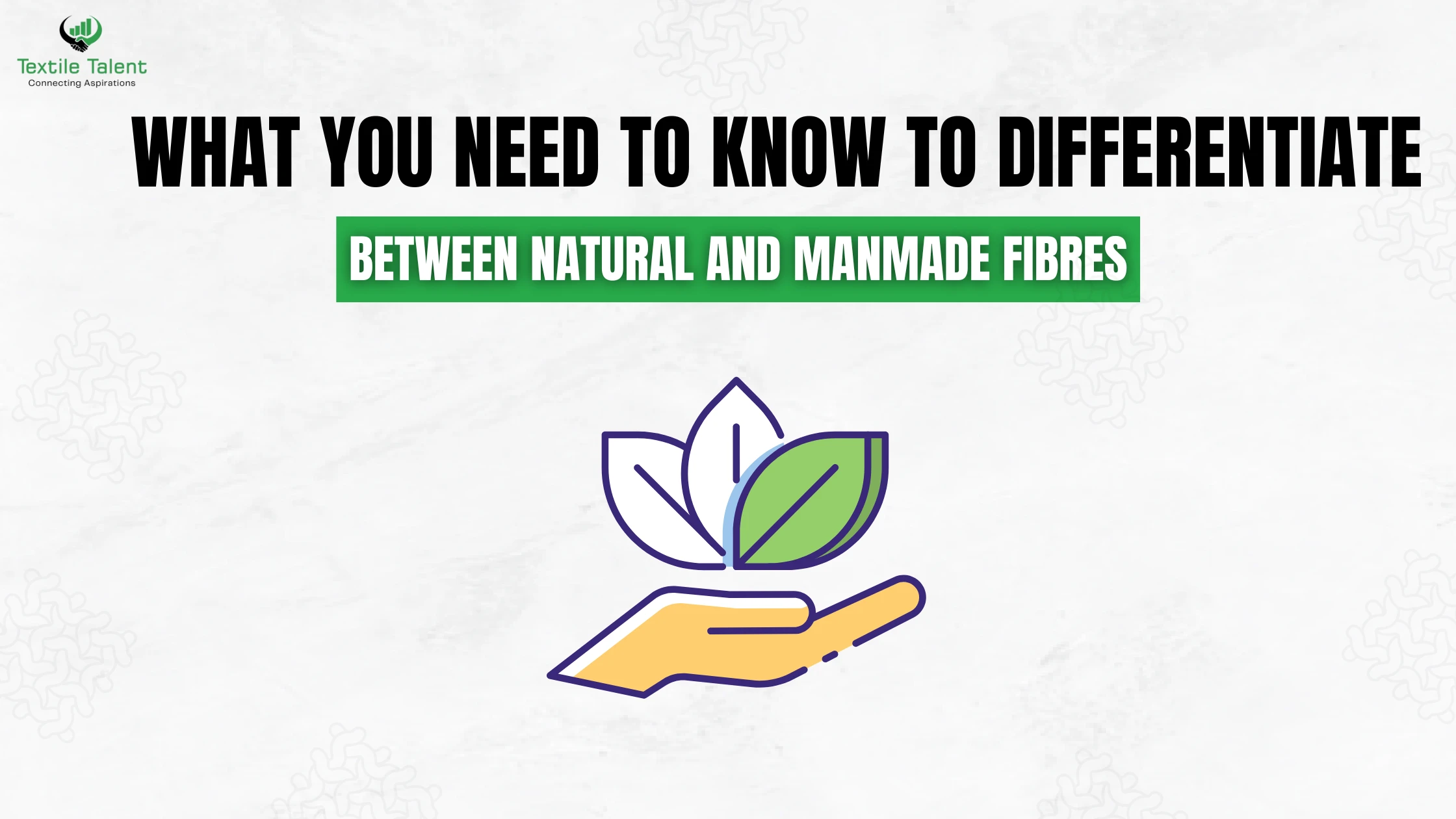
Summary
The raw materials we use and wear in our everyday lives are either natural or manmade fibres when the world of textile is vast. But aren't there differences between them? Whether you're a student, fashion enthusiast, or an aspiring textile designer, understanding how to differentiate between natural and manmade fibres is essential. In this paper, the author gives a thorough road map of the kinds of fibre, their sources, their performance variation, and their impacts to the environment in a simple conversational style which is easy to read. Let’s unravel the thread!
Introduction
We are surrounded by fabrics, the fabric of clothing we are wearing, the fabric of sheets we are sleeping upon, etc. Nevertheless, what most individuals are unaware of is that every fabric is made of a fibre. The number of these fibres consists of two broad categories, i.e., natural and manmade. Knowing how to differentiate between natural and manmade fibres not only helps you choose better clothing and household items but is also vital for anyone exploring careers in fashion or textile design. Earlier we talked about nautral fibre that is Silk Fibre in our blog and today we are sharing knowledge about difference in Nautral and Manmade Fibres.
And, when you were at a store and were in a dilemma, which one to purchase, cotton or polyester, you were already half into this discussion. And now, it is time to get a little bit acquainted with the fibre world and what is specific to each of them, how they are made and which of them will suit you.
What Are Natural and Manmade Fibres?
To gain a really clear insight into the textiles that we use daily, we have to begin with the fundamentals of textiles: What are natural fibres and what are manmade fibres? They are both strong and have their uses as well as influence on our way of life and the earth.
What Are Natural Fibres?
Natural fibres come from plants or animals, and this implies that they occur in nature and do not need the use of chemicals to create the foundation. Thousands of years have been spent developing them to produce clothing, ropes, and other products made from fabric.
In giving the examples, when one is asked what natural fibres are, one will have replies of cotton (cotton plant), wool (sheep), silk (silkworms), and flax (flax used to make linen). These fibres are breathable, biodegradable and comfortable and that is why they are a favourite when it comes to wearing day-to-day and luxury textiles.
What Are Manmade Fibres?
Man made fibres are created through chemical processes, either from synthetic sources like petroleum or regenerated natural materials like wood pulp. They are made with the requirement to fulfill some properties like durability, elasticity or stain resistance.
Some manmade fibre includes polyester, nylon, acrylic, rayon. These fibres tend to be similar to the appearance of natural fibres but are superior in other applications like, cost-effectiveness, shrinkage resistance and durability; they are therefore most appropriate to find application in industries, fashion and home textile.
Key Differences Between Natural and Manmade Fibres
It’s important to understand the key characteristics that define the difference between natural and artificial fibres. These fibres could not be more different than they are, source to performance.
1. Origin and Manufacturing Process
Their origin is the first and most obvious difference. Natural fibres are renewable such as plants and animals but manmade fibres are produced in the laboratory or factory.
-
Natural fibres require little processing. Cotton, wool, and silk are obtained through spining and shearing of the cotton plant, sheep and silkworms respectively..
-
The artificial fibres are made through complicated chemical processes. The example is that polyester is produced using petrochemicals and rayon is produced through the chemical processing of wood pulp.
This contrast in creation is a central point when you differentiate between natural and manmade fibres.
2. Biodegradability and Environmental Impact
The other significant directional difference is the impact on the environment. Natural fibres are biodegradable, whereas man-made fibres are usually non-biodegradable and cause long-term pollution.
-
Cotton and flax decompose naturally.
-
Polyester and nylon are stored in the landfills taking decades, emitting microplastics into the water systems.
So, when comparing natural and synthetic fibres, sustainability is a key concern.
Durability and Fabric Performance
When it comes to everyday use, one of the biggest considerations is how long the fabric will last and how it behaves over time.
1. Strength and Longevity
The artificial fibres are usually stronger than natural fibres because of the structure that is engineered. Natural fibres such as cotton can wear off on repeated washing and are very likely to pill and tear off. Synthetic fibres like polyester and nylon are not stretchable, wrinkling and overall wear and tear resistant. This is one reason two man made fibres like nylon and polyester are commonly used in activewear and outdoor gear.
2. Maintenance and Care
The artificial fibres do not demand much care and maintenance and they are therefore popular.
Natural fibre such as wool can shrink or will have to go through dry cleaning.
Synthetic fibre tends to be machine washable, shape-retaining and quicker to dry.
This knowledge of these maintenance requirements allows both the consumers and professionals to make intelligent fibre decisions on certain applications.
Sensory sensation of the Skin and Comfort.
The texture on the skin counts, and it is particularly noticeable when you are wearing something daily. The following is the way all types of fibre rates against comfort.
1. Moisture Control and Breathability.
Natural fibre tends to be more breathable and water absorbent, so it is a favourite when it is hot or the skin is sensitive.
Cotton is air-permeable, and it absorbs sweat to keep you cool.
Linen dries fast, and remains cool to the touch.
It is a colossal benefit of natural fabrics in picking innerwear or summer clothes.
2. Skin-Friendly Properties
Natural fibres are non-irritable and gentle compared to some artificial fibres that irritate sensitive skin.
The fine skin likes silk and organic cotton.
Certain synthetics have the ability to retain heat and make them irritable when they are worn excessively.
When comparing natural and synthetic fibres, comfort often gives natural fibres the upper hand
Environmental Considerations
Textile sustainability has become an issue of concern in the world. It is important to know the eco-effect of fibres as a way of making ethical consumption.
1. Sustainability of Natural Fibre.
Natural fibres are biodegradable and renewable and thus are eco-friendly when responsibly sourced.
Wool, hemp and linen need fewer chemicals to work on.
They break down and do not produce any harmful residues.
Consumers are shifting towards natural fibres to ease their footprint in the fashion industry.
2. Manmade Fibres Pollution.
Artificial fibres are made out of fossil fuels and require a hundred years to decompose.
During washing, they usually break microplastics into the environment.
Their production causes the emission of greenhouse gases and toxic chemicals.
This is an emerging concern that the textile professionals, as well as shoppers need to keep in mind when selecting materials.
The Right Fibre to Fashion and Function.
The choice of the type of fibre to be used is determined by the purpose of its utilisation, design objectives and target audience. The following is the way to make the best choice.
1. Fashion Design Reflections.
Fashion designers make a practice of mixing the two types of fibres to bring about a balance between comfort, fashion and stability.
Many natural fabrics such as cotton and silk would be excellent to use in the fashion of high end, breathable clothes.
The artificial fibres introduce such performance properties as stretch and water resistance.
Understanding how to differentiate between natural and manmade fibres helps designers make informed, creative choices.
2. Applications of Textiles in the Real World.
In the workplaces, particularly when working as a textile designer in Mumbai or even any other fashion capital, the selection of fibre can or break a collection.
The synthetic blends can be necessary in the case of fast fashion and mass production.
Sustainable or luxury fashion lines tend to be based on natural fibres.
This is the combination of art and utility that characterises contemporary textile work
FAQs
1. What natural fibres provide examples?
Natural fibres are either animal or plant based. They include cotton, wool, silk and flax. These are bio-degradable, environmentally safe, and breathable.
2. What is the difference between natural and artificial fibres?
The difference between natural and artificial fibres is that natural fibres are harvested from nature, while artificial (or manmade) fibres are synthetically produced. Natural fibres are biodegradable and skin-friendly, artificial fibres are more hardy and easy to maintain.
3. What are two man-made fibres?
Two man made fibres commonly used in textiles are polyester and nylon. They are both strong, shrink resistant and quick drying.
4. Which is better natural or synthetic fibre?
It depends on the use. Natural fibres are the best in terms of comfort, sustainability whereas synthetic fibres are durable and affordable.
5. How can I differentiate between natural and manmade fibres?
You can differentiate between natural and manmade fibres by checking the source, touch, burn test, and label. Natural fibres are not that rough and burn like paper, whereas synthetics are smoother and melt when burnt.
Conclusion
The next time you're shopping, designing, or simply wondering about the fabric in your life, remember this: being able to differentiate between natural and manmade fibres empowers you to make smarter, more sustainable, and more practical choices.
The fibres we wear contribute to our lifestyle whether in terms of environmental issues or our fashion style choice. You may be driving the market as a customer or reading about the textile designer jobs in Mumbai, but first things first, these fibres will make your introduction into the vibrant world of textiles.


